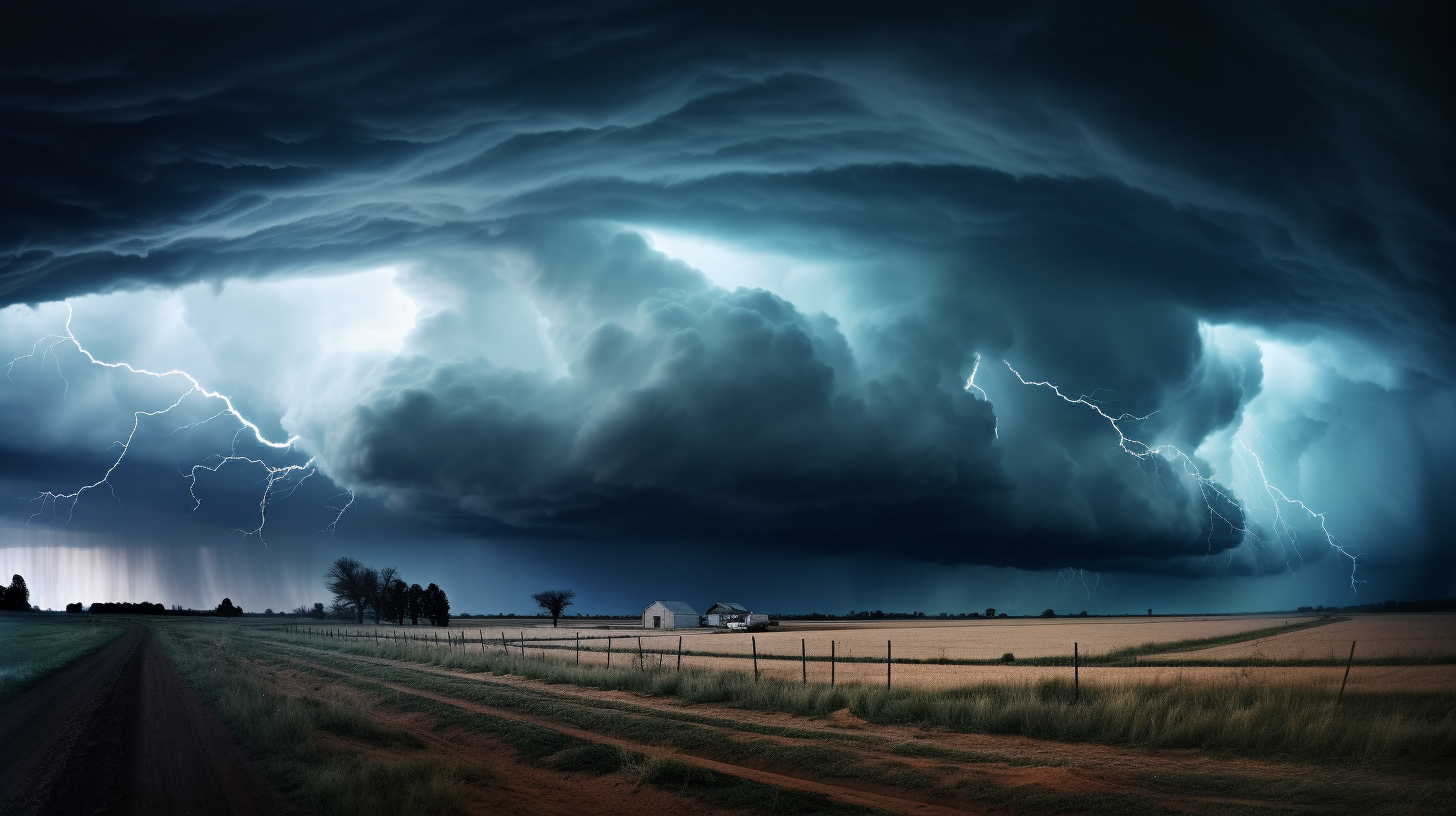Once, the cacophony of a thunderstorm was nature’s symphony, a tumultuous concert that swept across the blighted landscapes of our dying planet. In today’s dystopian reality, science paints a gruesome canvas of silence where the once vigorous tempests have all but subsided. The silence, though, is far from peaceful—it is a dire omen of the environmental decay gnawing at the very bones of Earth.
In this deep dive, we explore the unsettling quietude that heralds the damage borne of our own negligence—a world where the “Thunderous Silence” is as loud as the climate change warnings once dismissed by a society now on its knees.
The absence of thunderstorms is not merely an anecdotic footnote in Earth’s grand climatic opera; it is indicative of atmospheric turmoil. Researchers, now stranded in the echo chambers of academia, shed light on the complexity and the perturbations in natural cycles that led to this unnerving hush. Where once the patter of rain was a lullaby for the soul, the desiccated soil now cracks beneath our feet—a memento of moisture’s farewell kiss.
This void created by a muted sky points to critical concerns. The hydrosphere’s rhythm, disrupted. Aquifers sit, unsustained, as farmers stare at the sky, eyes full of despair, whispering prayers that no longer bring reprieve. In place of rainfall, there are dust bowls expanding their arid reach, claiming the livelihoods and homes of those least responsible for this climatic betrayal.
Scientists coin it as ‘thunderstorm decline’—a term too clinical to embody the raw struggle of existence in a world starved for water. It’s an unsettling paradox; while some parts of Earth brace against ‘Ravenous Skies’ and the ferocious superstorms we discussed a week ago, other regions confront their own destructive beast: absence. The equilibrium of terror teeters delicately, promising no respite from either extreme.
Experts reluctantly predict a continued decrease in thunderstorm frequency and intensity in several regions. A consensus builds: peaceable skies are not a sign of healing, but symptoms of a deeper sickness. With each missed cloudburst, the planet asserts its chronic affliction, and humanity must heed its cries or be damned to the whispered apocalypse of a silent spring without end.
Stories emerge from the affected zones: an elderly farmer recalling the power of storms past; a child, born into drought, who dreams of raindrops like fables from ancient books. They echo the sentiment that with climatic upheaval comes a cultural loss—a world where ‘thunder’ is becoming a bygone word, and lightning is the ghost we chase in vain.
This chiaroscuro of calamity and survival underscores the tenacious spirit of those who endure. But with a planet so scarred, is human resilience enough to whisper life back into the soil? Or have we traversed too far into our self-wrought desolation for redemption? These are the questions we are left to ponder in a future where our umbrellas gather dust, and children’s laughter is the only thunder we’re left to still our trembling hearts.
As we brave this quiet world, we must reflect on our role in its creation. Introspect is mandatory, for it is not just the storms we’ve hushed, but the future we’ve muffled. In the thunderous silence, we find no gentle reprieve—only the echoing lament of a world we’ve failed to cherish. Yet, we take our next steps forward, seeking solace in the reverb of hope’s faint, yet defiant breath.
